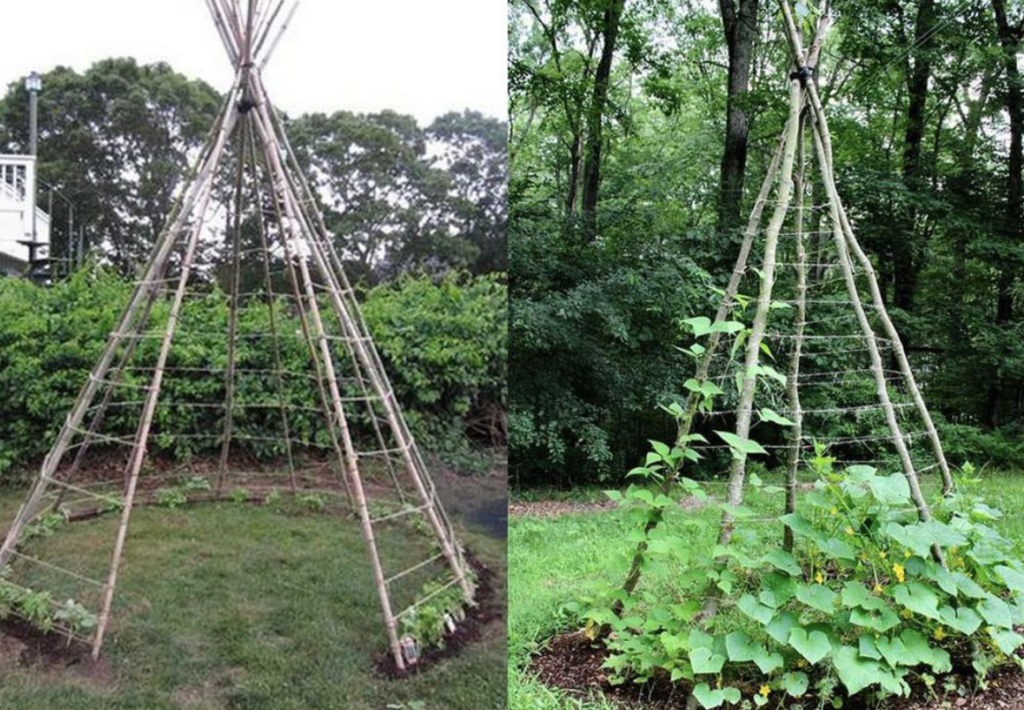Cucumbers, beloved for their versatility and ease of cultivation, can reach new heights when grown in a herringbone pattern. This innovative approach optimizes space, promotes plant health, and adds visual appeal to your garden. Here’s why and how you should consider adopting this method for your cucumber plants.
Embracing the Benefits of a Herringbone Pattern
- Maximizes Space: Planting cucumbers in a herringbone pattern allows for efficient use of limited garden space, maximizing yield.
- Improves Air Circulation: The structured arrangement enhances airflow between plants, reducing the risk of diseases caused by stagnant moisture.
- Enhances Sunlight Exposure: Each cucumber plant receives ample sunlight, crucial for robust growth and abundant fruiting.
- Facilitates Harvesting: The organized layout makes it easier to spot and pick cucumbers, simplifying the harvesting process.
- Aesthetic Appeal: The distinctive herringbone pattern adds an element of visual interest and organization to your garden landscape.
Step-by-Step Guide to Growing in a Herringbone Pattern
Step 1: Planning Your Space
- Location: Choose a sunny spot with well-draining soil.
- Soil Preparation: Enrich the soil with compost or manure.
- Spacing: Allocate at least 18 inches of space around each cucumber plant.
Step 2: Creating the Herringbone Structure
- Materials: Gather sturdy stakes (e.g., bamboo) and garden twine or netting.
- Installation: Place parallel stakes 18 inches apart and intersect them at the top to form ‘X’ shapes. Connect the stakes with twine or netting for support.
Step 3: Planting and Training the Cucumbers
- Sowing Seeds: Plant cucumber seeds at the base of each stake and keep the soil consistently moist until germination.
- Training the Vines: Guide the cucumber vines up the stakes using soft ties or clips. Prune lateral branches for vertical growth and airflow.
Step 4: Ongoing Care
- Watering: Keep the soil consistently moist without waterlogging.
- Fertilizing: Apply a balanced fertilizer every 4-6 weeks during the growing season.
- Pest and Disease Management: Monitor for pests and diseases, and use organic remedies as needed.
Step 5: Harvesting
- Timing: Harvest cucumbers when firm and bright green.
- Method: Cut the cucumbers from the vine with sharp scissors or a knife to avoid damaging the plant.
Conclusion
Growing cucumbers in a herringbone pattern is a practical, space-efficient, and visually appealing method that enhances both productivity and aesthetics in your garden. By following these steps and providing proper care, your herringbone cucumber garden will thrive, yielding abundant and delicious produce throughout the season. Happy gardening!
